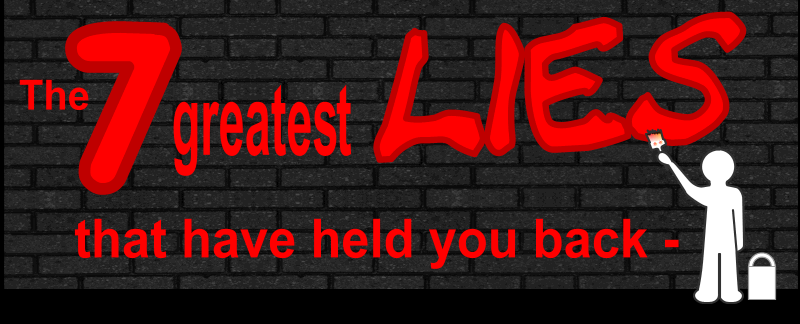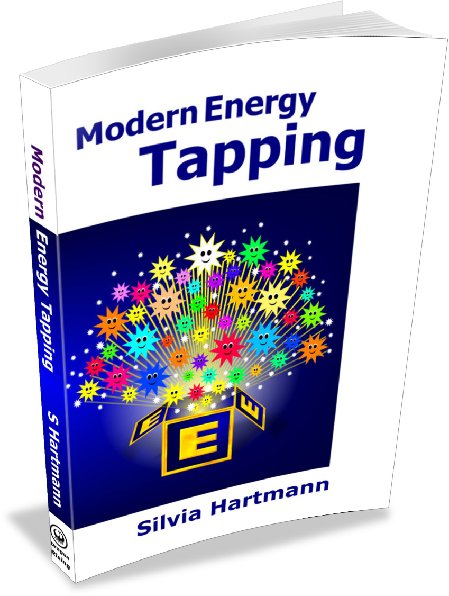This is an article for those who already use EFT for self help but are not trained therapists to give guidance on how to "tap therapeutically" in such a way that the other is having a good experience and gets the changes they desire.
Added Jun 13, 2002
| 8,827 Reads
EFT Tapping Therapeutically
with Silvia Hartmann
This is an article for those who already use EFT for self help but are not trained EFT therapists to give guidance on how to "tap therapeutically" in such a way that the other is having a good experience and gets the changes they desire.
A practitioner makes generally a choice between watching a client tap themselves and guiding them to the correct points or tapping on the client themselves.
Let’s start with the first one.
If you have not had experience of conducting the tapping part of an EFT session with another, here is the basic protocol on how to proceed:
1. Show and explain the points and at the same time as you touch the points, have the client touch the points.
2. Encourage the client to tap the points and give them feedback on the strength/speed/rhythm of their tapping, whilst mirror guiding them by moving through the points yourself so they can see what they have to do.
3. When you get into the actual treatment phase, tap with the client and once again, be a leading mirror so they can keep their mind firmly on the topic and not need to worry about where the next point is. (This of course doubles the intervention – you are proxy tapping and adding your intention/energy at the same time, and possibly releasing your own similar problems as well!)
There are many times when it is essential that you should take over the tapping.
This becomes the only choice when:
The client is too distressed to tap themselves;
The client is tapping themselves ineffectually or wrongly too softly, too hard,
The client is getting distressed because they’re not sure they’re doing it right or completely misses the points in spite of being shown repeatedly;
When your intuition is telling you they are sabotaging the process;
Nothing shifts and nothing happens when the client is tapping themselves.
Tapping Another
Firstly, and before we jump on any client at all, the safety rules for “tapping another”.
Be sure to be aware of your local legal conventions relating to touching another person in a therapeutic session. There are places on Earth where a therapist is by law forbidden to ever touch a client. You may need to adjust what you call your profession or services to be able to do therapeutic tapping at all.
Make sure you use some antiseptic wipes to clean your hands before touching a client. One of the tapping points is right under the client’s nose and it is a disconcerting experience to smell things on the therapist’s fingers.
ASK THE CLIENT if it would be acceptable for you to touch/tap them before you go within three feet of them! I cannot stress this one enough. Remember this. It is essential for your and your client’s safety in every way.
Really make sure you switch your “behavioural reality check” systems to full strength. Watch your client for any signs of discomfort and adjust your normal tapping strength with that feedback you’re getting. I have been the most unfortunate recipient of (half) a tapping session with a practitioner who seemed dead set on drilling holes straight through my skull and I can tell you honestly that it did nothing for either the process, or my feelings about the procedure.
The Therapeutic Tapping Pattern
Now, with the safety warnings out of the way, here’s how to tap therapeutically so it works well for both you and your client.
1. Take up a comfortable position that is not too close to your client and at a 90’ angle. Move in slowly and don’t distort their auras with your energy field – allow yourself to mesh gently.
2. Hold out your hand to the client and let them place their hand in yours. This is a gentle and natural way to begin a physical approach and side steps instinctive flinch back responses that occur when someone with an outstretched finger tip heads straight for your head!
3. Hold the client’s hand for a moment, lightly and gently, to get them accustomed to your feel and presence and touch. You can speak about the treatment some more at that point, ask them to focus on the problem – keep the conversation going until you can feel their hand relax in yours. Don’t start before that has occurred – you might still get reasonable results but there is no need for making barriers to the treatment for the sake of a few more moments of acclimatisation.
4. Use the Karate Chop point for the PR treatment and NEVER poke about in other people’s chests. It is horrid and you know how painful the “sore spot” can be sometimes. We’re not here to cause more pain and suffering and we do NOT want our clients to link our touch with pain, ever. If you absolutely have to have the KC point, then just place a flat hand over that area and soften it with the warmth from your hand instead of tapping.
5. Be careful with the under arm point, especially if you are a male with female clients. Women are protective of their breast areas and choosy about who gets to touch them there. If you note sincere resistance, it is better to leave that point out altogether or to just place your whole flat hand steadily on the general area rather than tapping.
6. If necessary, transfer the client’s hand and keep holding it all through the tapping you do on them. This closes an energetic circuit, keeps the client firmly connected to you, gives them a safety anchor and sense of being supported, and can also give you the opportunity to gently massage the Gamut point or just give a supportive squeeze now and then.
7. Remind the client to breathe deeply as you tap them and remind them of the opening statement softly and gently if necessary.
8. When the treatment round is complete, de-mesh from the client gently once more. Squeeze their hand one more time lightly, gently let them go and gently move back away from them a little to give them room to establish their perception of their energy systems without interference from yours at a close range.
> Exercise – Tapping Therapeutically
Find a willing human – friend or family member – to try out the gentle approach described.
Ask their feedback on what it felt like to them and if you can, have them do the same to you.
You don’t need to do an entire sequence for this exercise; the important points are that you practise and heighten your awareness of the gentle meshing/de-meshing at the start and end of the treatment and what it feels like to keep the closed circuit whilst holding the client’s hand.
If your willing human is willing, experiment with the difference between this and just tapping someone without the hand holding and the meshing/de-meshing rituals.
Meridian Energy Therapies Practitioner Certification In Association With The Association For Meridian & Energy Therapies The GoE
This Pattern Is A Brief Excerpt From Unit 02,
MET Practitioner Certification Training.
For a solid introduction to MET via "Ambassador EFT", please see "Adventures In EFT"
Added Jun 13, 2002
| 8,827 Reads



